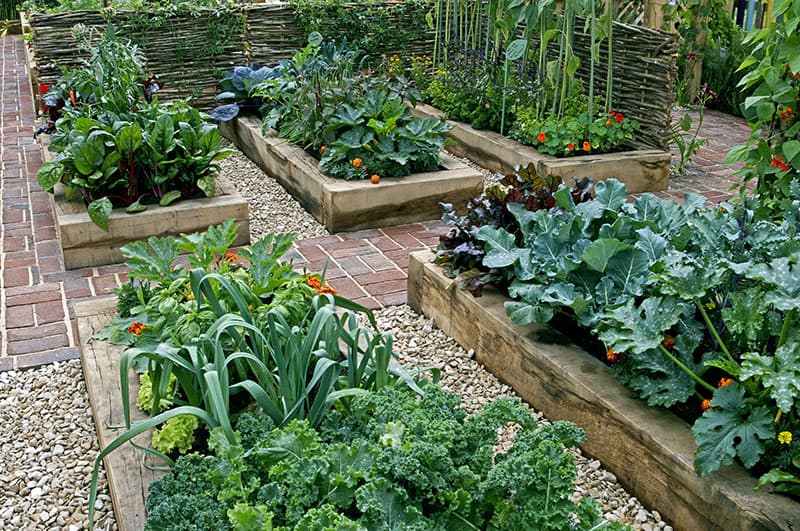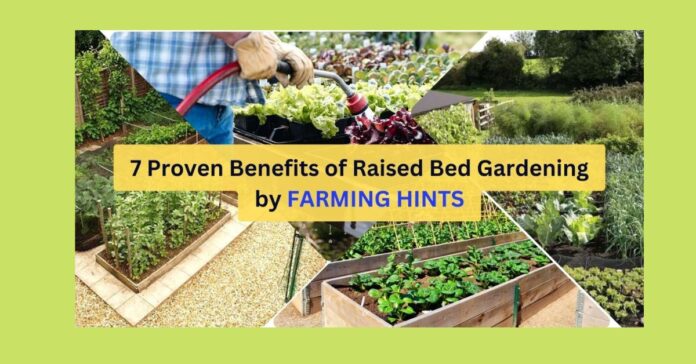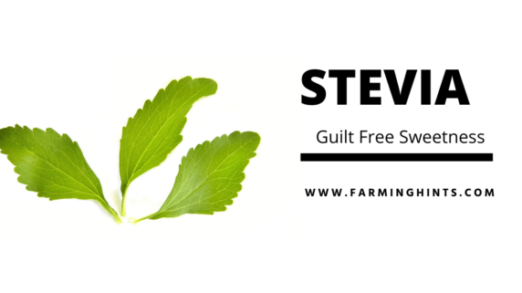Have you dreamed of a small space high yielding a precise garden on your patio, backyard, or front yard? Then raised bed garden should be your first choice because it has seven proven benefits.
“Grow your vegetables in raised bed garden once and I bet you will never grow them on the ground surface again, Spoiled for a lifetime”
What exactly is raised bed garden
Raised bed garden is a system in which you concentrate soil in a limited area with proper amendments which provides an ideal environment for vegetable growing.
Raised bed gardening is a type of intensive gardening in which we grow vegetables, herbs, and ornamentals one to two feet above ground level. It can simply be constructed from the soil or a certain type of material like concrete, wood, bricks, etc. is used to make a boundary wall for that raised bed garden. This is a popular technique practice nowadays in most parts of the world. It is especially helpful in the rocky soil zone or where soil condition is not good for vegetables. Also, it adds beauty to your landscape.
A bed is usually three to 4 feet wide, but the length greatly varies on the choice and feasibility of the grower. If the raised bed garden is made for handicapped people, then raised bed garden height should ideally be 2 feet.
The concept of raised bed gardening
( a form of intensive gardening) arises with space limitations and early harvest desires.
History of Raised Bed Gardens
Raised bed gardens were first practiced by the Parisian Market gardeners in the 18th Century where they used a large quantity of horse manure as a fertilizer. The idea got popularity in the market in the early 1970s due to the possibility of higher crop yields from a particularly small area with proper management practice.
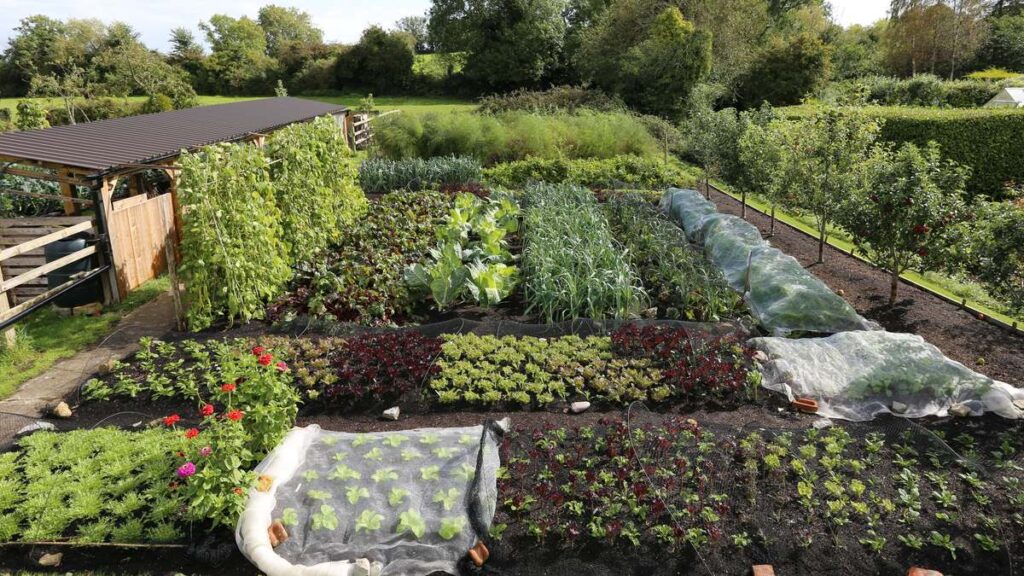
Materials Used in Raised Bed Gardens
Old railroad ties, landscape timbers, wood planks, rock, concrete blocks, or decorative bricks are commonly used as a material for frames in the construction of raised bed gardens for vegetation.
While the mixture of topsoil, compost, and potting media is used in different proportions for raised bed gardening.
Usually, 60% topsoil, 30 % compost, and 10% potting media (soilless growing media) are used, but the proportions greatly vary with the type of soil and the type of plants.
If soil is not of good quality, 50% topsoil and 50% of growing medium can be used for better plant growth.
Tip: if you are interested in adding peat moss to the growing media of your raised bed, then be careful to not add more than 20% of your total media mixture because of the acidic nature of peat moss which is not considered a good medium for growing vegetables.
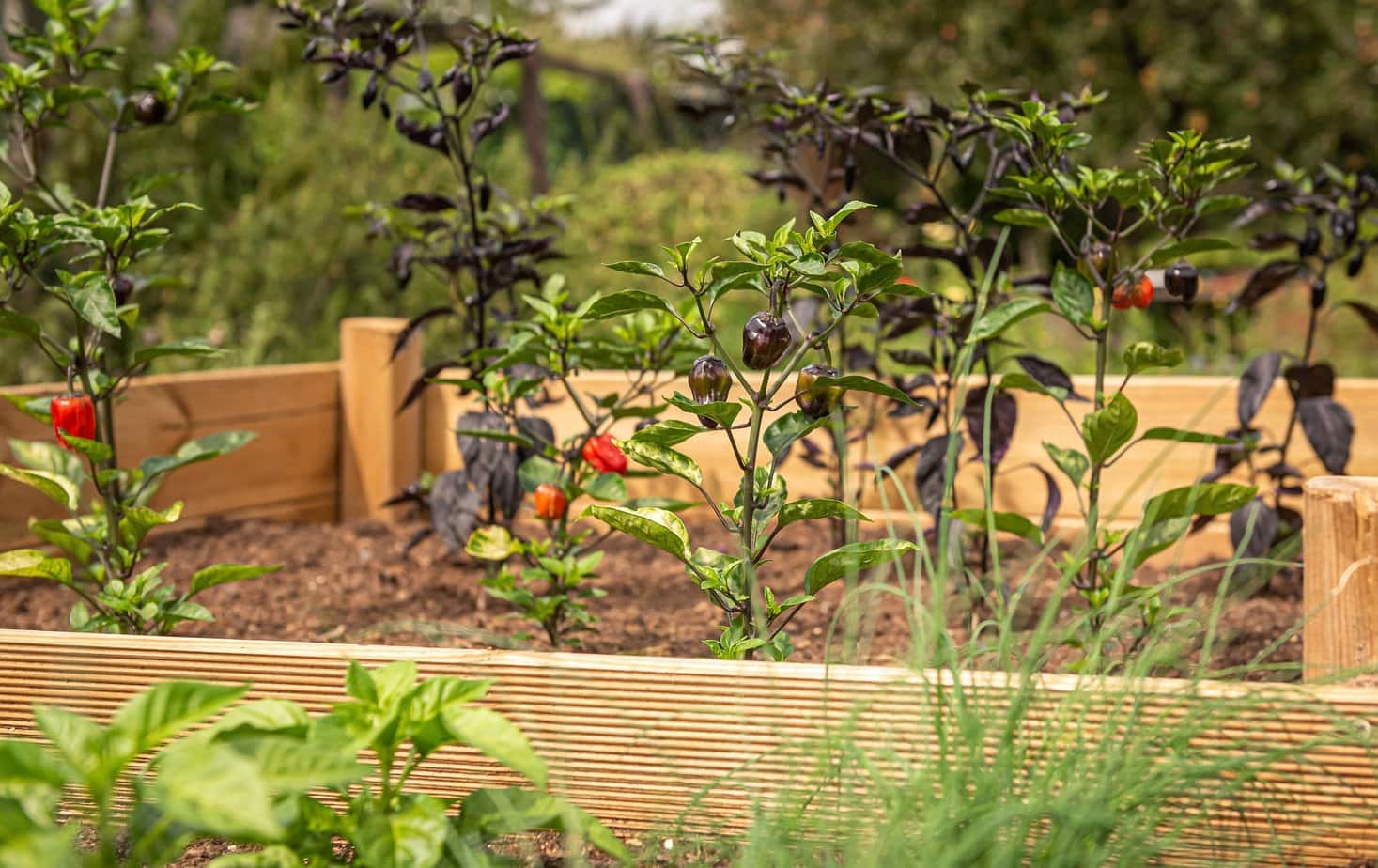
7 Proven Benefits of Raised Bed Gardening
No. 01: Better drainage, soil structure, and Nutrient Holding Capacity:
The soil or the potting media of raised bed garden usually has better drainage because in most cases the soil or the potting media is modified. No water-logged or clay soil is available to the root system of your plants because of the soil amendments done for raised bed gardening. The rooting mixture for raised bed garden is usually mixed with compost and other potting media so they have good soil structure and nutrient holding capacity.
No. 02: Expanded or Longer Growing Season:
When your soil has better drainage, the soil warms up really quickly and hence you can plant your garden earlier than others. Raised bed garden provides a longer growing and harvest season than on-ground gardening because of better drainage and warmer soils. You can take harvest for a longer season than on-ground gardening.
No. 03: Higher Yields in raised bed gardening:
Higher yields are obtained in the raised bed gardens because the raised beds have better root growth and root structure development. Raised bed gardens contain intensive plantation which leads to higher yields because no space is wasted in rows, unlike in-ground gardens. Also, the raised bed gardens have fewer weeds and easy weed management that’s also the reason for the higher yield in the raised bed gardens.
No. 04: Manageability:
Raised bed gardens offer a wide range of manageability that in-ground garden doesn’t possess. Raised bed gardens are always easy to manage than in-ground gardens due to efficient plantation and proper alignment. As compared to in-ground gardens, raised bed gardens have a defined soil and area, which makes it easy for a gardener to manage and perform cultural practices.
No. 05: Fewer weeds, Less trouble:
The soil or the media of raised bed garden is developed over time, with proper care and mulching the need for tilling is greatly reduced because the soil becomes greatly non-compact. This factor contributes to the fewer weeds in the raised bed gardens.
No. 06: Less Soil Compaction and Material Conservation:
With raised bed garden, the soil/media becomes less compact over time because of the no walk or interference of people and the raised bed material is readily usable for a longer period of time. The structure of raised bed garden is protected from all kinds of foot traffic so the material of raised bed garden is conserved for a long period of time and plants are also less damaged than in-ground gardening.
No. 07: Use of Difficult Sites:
One of the greatest benefits of raised bed garden is that it can be made on difficult sites like rocky or sandy soils where otherwise the cultivation of plants is very difficult. There is no proper development of roots in the difficult sites if we try to cultivate without raised bed garden. But raised bed garden saves the plants from stunted growth resulting in the proper development of roots and better growth.
